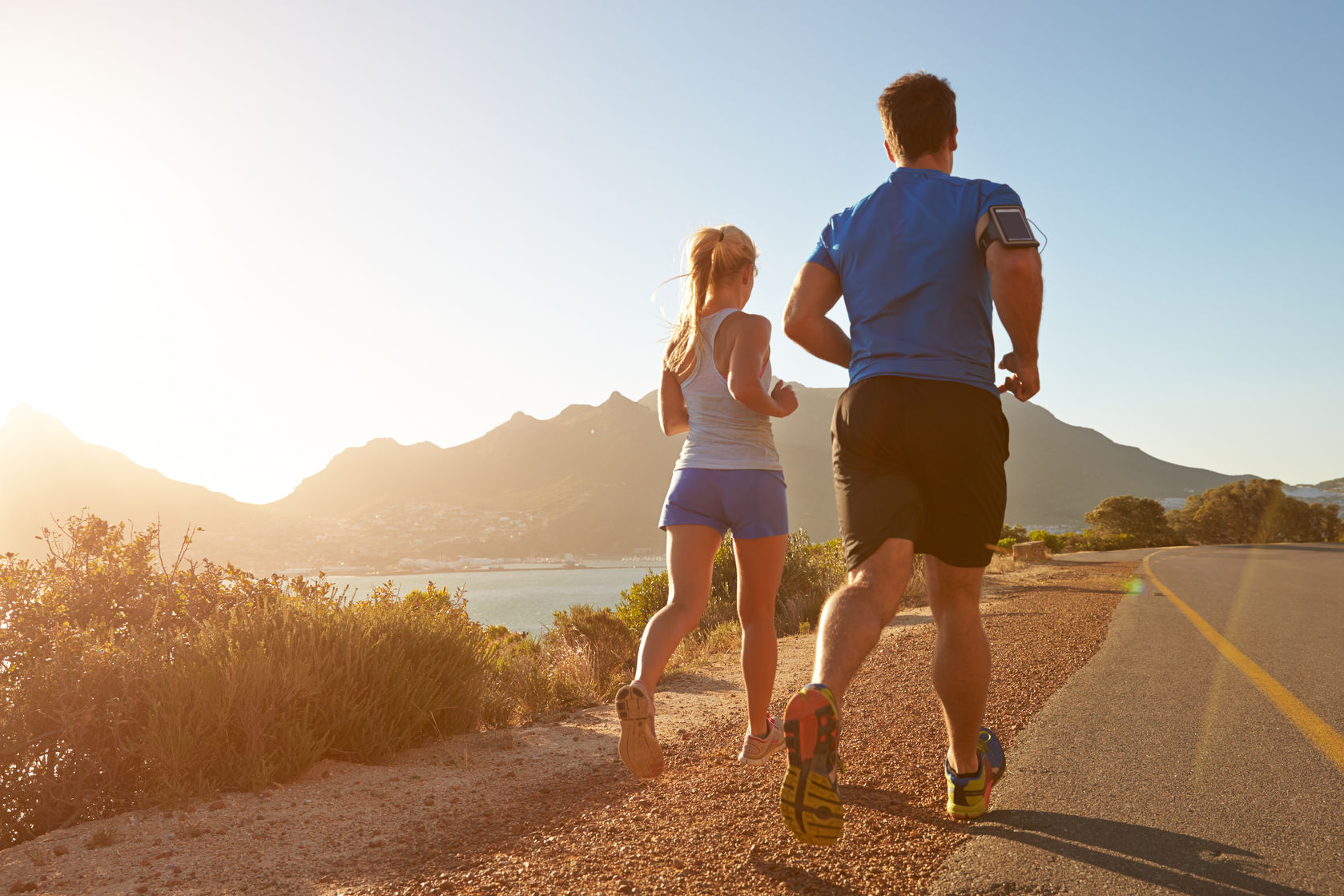This test is run by .
Note that your final mark will not be saved in the system.
Note that your final mark will not be saved in the system.
1.2.b. Preparation and training methods (aerobic training) Typeit
Target Level
C
Running Total
0
0%
Attempt
1 of 3
Type the correct answers into the spaces. Fill all the spaces before clicking ‘Check Answers!’

Having a high aerobic capacity is important for performers who compete in long-duration activities, such as long-distance runners, triathletes, endurance cyclists and team sports athletes. Aerobic capacity refers to the ability of an individual to undergo exercise for an extended period of time, and is analogous with maximal oxygen uptake (VO2 max), defined as the maximum volume of an individual can inhale and utilise per minute. It is most commonly measured relative to body weight (ml/min/kg), with greater values generally indicating a more well-trained athlete.
There are a number of factors which can affect an individual’s VO2 max:
- Individual make-up – This is a key determinant of an individual's VO2 max as genetics can explain up to 50% of the variance in values. The composition of muscle fibres is generally fixed in an individual and changes little with training. Those who inherit a greater proportion of Type I fibres are more likely to have a greater potential to achieve a high aerobic capacity. This is due to many characteristics of these fibres favouring aerobic exercise, such as the high capillary density, greater quantity of oxidative enzymes, and larger size and density of – the energy house for aerobic respiration.
- Training – Although genetics can contribute up to 50% of an individual's VO2 max value, VO2 max can also be heavily influenced by training. Regular training aims to elicit various to physiological, respiratory and muscular systems that each work in concert to improve the aerobic capacity of the individual. It is important to consider the different training methods that induce specific structural and functional adaptive responses, enabling the body to transport oxygen from the air into the lungs, through the blood, and to the working muscles more efficiently and to a greater capacity. The two methods of training commonly employed to develop aerobic capacity are:
- training – Involves constant-intensity exercise over an extended period of time. This is generally performed at low to moderate intensities in order for performance to be maintained over the entire duration.
- (HIIT) – Involves short bouts of high-intensity exercise interspersed by periods of rest or low-intensity exercise. Although this type of training predominantly taxes the energy systems, it induces adaptations that can be translated to developing aerobic capacity. It is usually the preferred method of training due to its relatively small time frame of obtaining similar adaptations.
- Age – As an individual gets older, their VO2 max decreases proportionally. The main reason behind this is due to the decrease in maximum (commonly cited as 220 – age), which reduces cardiac output, thus the amount of oxygen available at the exercising muscles.
- Gender – Typically, have a greater VO2 max due to their tendency to have a greater left ventricular mass generating a larger , and thus cardiac output, during exercise. Another reason is that they generally have larger , which increases tidal volume during exercise. This allows for a greater supply of oxygen-rich blood to be utilised by the working muscles.